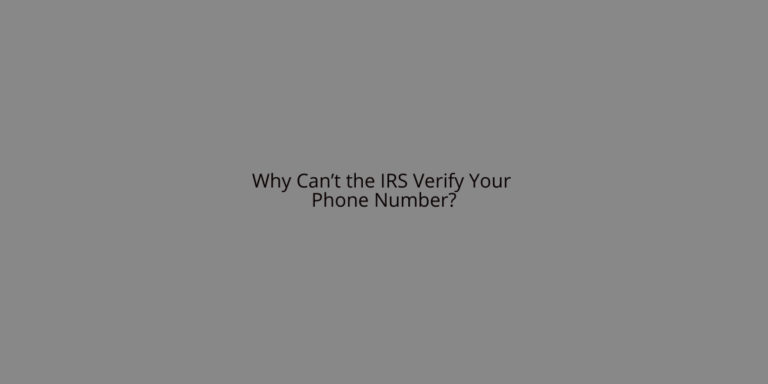Foam Packaging: Safeguarding Your Products with Innovation
Asenqua Tech is reader-supported. When you buy through links on our site, we may earn an affiliate commission.
Foam packaging is a crucial component in today’s dynamic world of manufacturing and commerce. As various industries rely on the safe transportation and delivery of products, the choice of packaging materials plays a pivotal role. In this comprehensive article, we will explore the diverse aspects of Foam packaging, from its types and benefits to its environmental impact and future trends.
Foam packaging, often underestimated, serves as a protective shield for products during shipping and handling. Its significance goes beyond mere packaging—it ensures the integrity and safety of items, especially those that are fragile or sensitive to environmental conditions. In an era where consumer expectations are high, understanding the nuances of foam packaging becomes paramount.
Types of Foam Packaging
Foam packaging comes in various types, each with its unique set of advantages and disadvantages. From polystyrene to polyethylene foam, understanding the characteristics of these materials is crucial for making informed decisions in packaging choices. Let’s delve into the types and explore their suitability for different applications.
Polystyrene Foam
Polystyrene foam, commonly known as Styrofoam, is a lightweight and cost-effective option. It provides excellent insulation and cushioning, making it ideal for protecting delicate items during transit. However, its environmental impact has raised concerns in recent years.
Polyethylene Foam
Polyethylene foam, with its versatility and durability, is often used for heavier items. It is resistant to moisture and chemicals, offering reliable protection for products in various industries.
Benefits of Foam Packaging
The benefits of foam packaging extend beyond protection during shipping. Its insulation properties make it a preferred choice for items sensitive to temperature fluctuations. Whether it’s electronic gadgets or pharmaceuticals, foam packaging ensures that products reach their destination in optimal condition.
Common Applications
Foam packaging finds applications in a myriad of industries. From safeguarding delicate electronic components to ensuring the freshness of food products, its versatility is unmatched. Let’s explore some common applications where foam packaging proves to be indispensable.
Electronics Packaging
In the fast-paced world of electronics, the need for secure packaging is paramount. Foam packaging provides the necessary shock absorption to protect delicate electronic components from damage during transit.
Fragile Item Protection
Fragile items, such as glassware and ceramics, require extra care during shipping. Foam packaging acts as a cushion, preventing breakage and ensuring that these items reach customers in pristine condition.
Environmental Impact
While foam packaging offers unparalleled protection, its environmental impact has come under scrutiny. The non-biodegradable nature of traditional foam materials raises concerns about pollution and waste. In this section, we’ll delve into the environmental implications of foam packaging and explore sustainable alternatives.
Foam Packaging Innovations
In response to environmental concerns, the packaging industry has witnessed significant innovations in foam materials. Biodegradable options and eco-friendly alternatives are gaining traction, offering a balance between product protection and environmental responsibility.
Choosing the Right Foam Packaging
Selecting the right foam packaging involves considering various factors, including the type of product, shipping conditions, and environmental impact. Customization options provide businesses with tailored solutions, ensuring that their packaging aligns with specific needs and requirements.
Case Studies
Real-world examples showcase the effectiveness of foam packaging in different industries. By examining case studies, we can understand how the right packaging solution can impact product safety, customer satisfaction, and overall business success.
Regulations and Compliance
To maintain the integrity of packaging and ensure consumer safety, various regulations govern the use of foam materials. This section explores the regulatory landscape and provides insights into compliance measures that businesses should adopt.
Cost Considerations
While the initial cost of foam packaging may be a concern for some businesses, a thorough analysis reveals its long-term benefits and potential savings. Investing in quality foam packaging can lead to reduced product damage and increased customer satisfaction.
Maintenance and Disposal
Ensuring the longevity and effectiveness of foam packaging requires proper maintenance. Additionally, understanding the appropriate disposal methods and recycling options contributes to a more sustainable approach to packaging.
Consumer Awareness
Consumer education plays a pivotal role in reducing the environmental impact of foam packaging. Businesses can contribute by providing information on responsible disposal and recycling practices, empowering consumers to make informed choices.
Future Trends
The future of foam packaging holds exciting possibilities. Emerging technologies and materials promise even more sustainable and effective solutions. This section explores predictions for the future of foam packaging and the role it will play in evolving industries.
Challenges in Foam Packaging
Despite its numerous benefits, foam packaging faces challenges. From environmental concerns to overcoming specific industry requirements, addressing these challenges is crucial for the continued success and relevance of foam packaging.
Conclusion
In conclusion, foam packaging remains an indispensable part of the modern supply chain. Its role in safeguarding products, coupled with ongoing innovations and a growing emphasis on sustainability, ensures its continued relevance in various industries.







